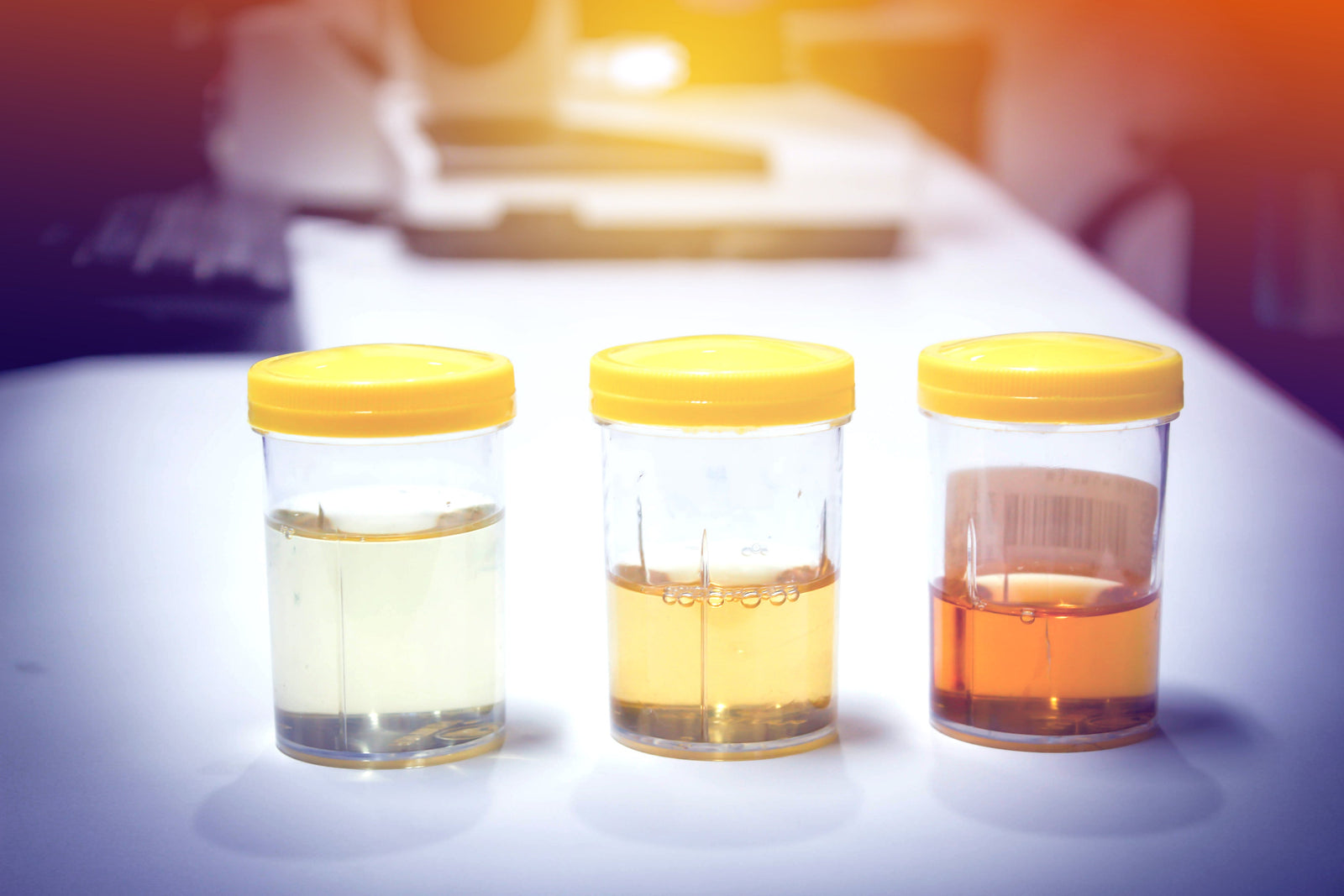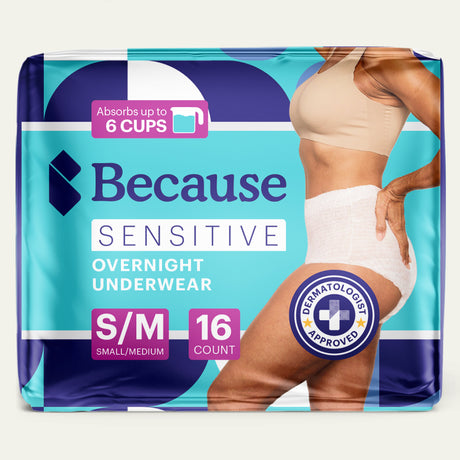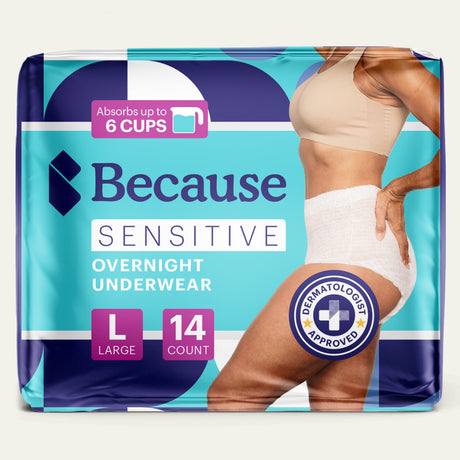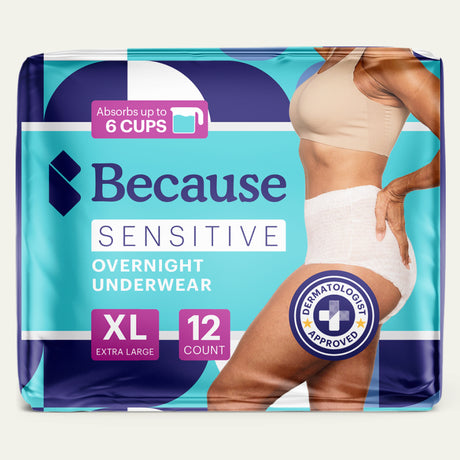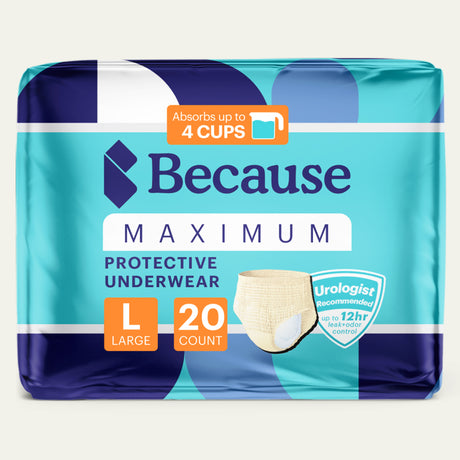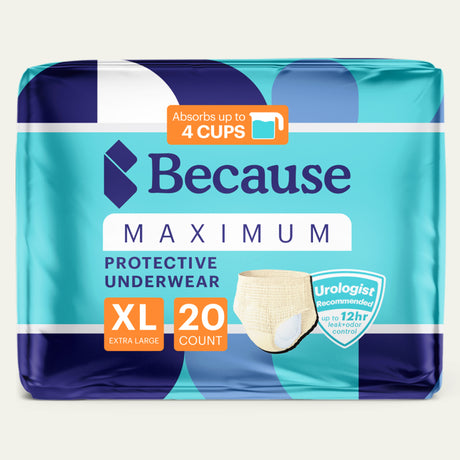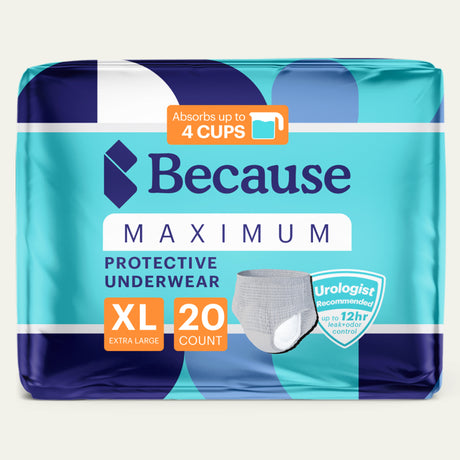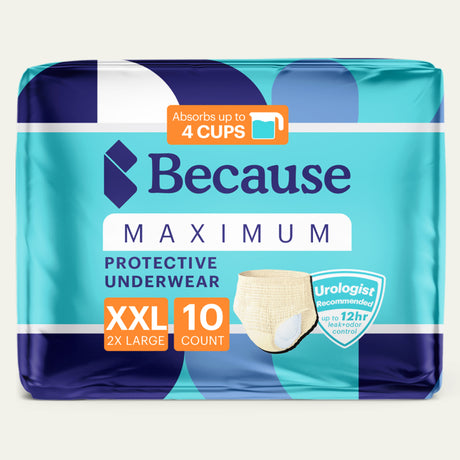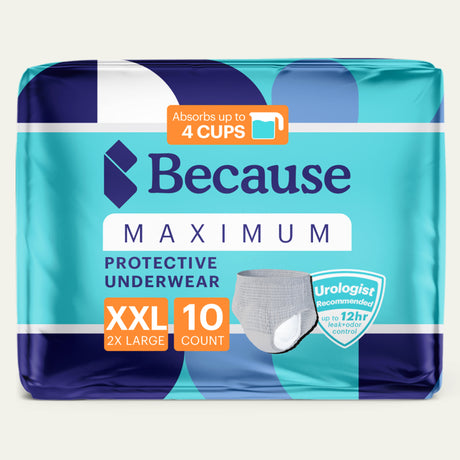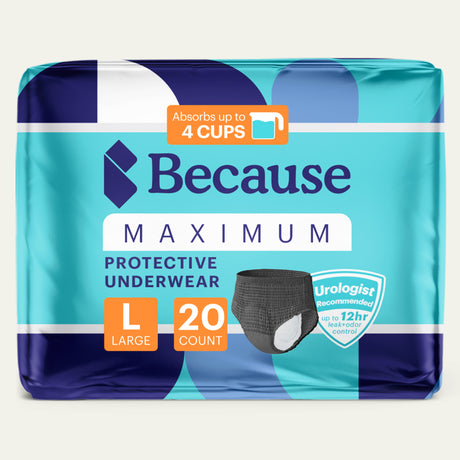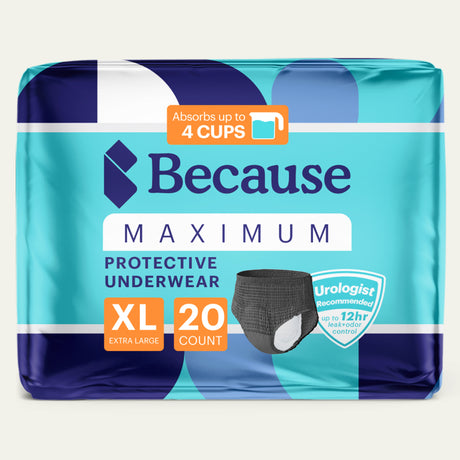Urine color is an often-overlooked indicator of your overall health, yet it can provide critical insights into hydration, diet, and potential medical conditions. From pale yellow to dark brown, pee colors reveal much about what is happening inside your body. Understanding what different urine colors mean and what causes them can help you maintain your health and seek medical intervention when necessary.
The Importance of Urine Color
The color of urine is more than just a random characteristic; it is a powerful health indicator. A quick glance at the toilet bowl after you urinate can reveal whether you are adequately hydrated or if there might be an underlying health condition. Pale yellow urine generally indicates proper hydration, while dark yellow or orange urine often suggests dehydration. In some cases, unusual colors like red, green, or dark brown can signal serious medical conditions, such as urinary tract infections (UTIs), kidney disease, or liver problems.
Monitoring the color of your urine regularly can help you identify potential issues early on, allowing you to take preventive measures or seek timely medical care. This simple habit can safeguard your kidneys, bladder, and overall well-being.

What Is Normal Urine Color?
Normal urine typically ranges from pale yellow to amber. This coloration comes from urochrome, a pigment formed by the breakdown of hemoglobin in the body. The intensity of the yellow depends on your hydration level—the more water you drink, the lighter your urine color.
When you are well-hydrated, your urine should be a pale yellow. If your urine appears dark yellow, it may indicate mild dehydration. Amber-colored urine can sometimes result from more significant dehydration, but other factors like diet and medications can also influence this change. While occasional variations in color are normal, persistent deviations from the typical range may warrant a closer look.
Variations in Urine Color and Their Causes
Urine coloring can vary widely depending on factors such as hydration levels, diet, medications, and underlying medical conditions. Here’s an in-depth look at some common causes of urine color changes:
1. Hydration Levels
-
Pale Yellow Urine: This is a sign of adequate hydration and healthy kidney function. Maintaining this shade ensures your body is flushing out toxins efficiently.
-
Dark Yellow Urine: Often a sign of dehydration, dark yellow urine occurs when your body retains water to prevent further fluid loss. Drinking more water should quickly resolve this issue.
- Orange Urine: More severe dehydration can lead to orange urine. This color may also result from dietary choices, such as consuming carrots or foods high in beta-carotene, or from medications like phenazopyridine.
2. Dietary Influences
- Beets, blackberries, and rhubarb can turn urine red or pink, a harmless change that can be mistaken for blood in the urine.
- Consuming large amounts of asparagus or foods containing artificial dyes can result in green urine.
3. Medications and Supplements
-
Certain medications, including indomethacin, phenazopyridine, and some antibiotics, can alter the color of urine. For instance, amitriptyline, an antidepressant, can turn urine a blue or green color.
-
Excessive intake of vitamin B supplements can cause bright yellow or neon-colored urine. This change is harmless and typically subsides once the supplement is metabolized.
4. Medical Conditions
-
Pink or Red Urine: This may indicate blood in the urine, often a sign of kidney stones, infection, or bladder issues. In more severe cases, it could point to kidney disease or bladder cancer.
-
Cloudy Urine: Cloudiness can result from a UTI or kidney stones. This appearance may also indicate the presence of pus or excess protein in the urine.
-
Brown or Dark Brown Urine: This color could be a sign of liver dysfunction or severe dehydration. Dark brown urine accompanied by yellowing of the skin or eyes should prompt immediate medical attention.
-
Green or Blue Urine: Rarely, green urine may signal a bacterial infection or the influence of certain medications, such as amitriptyline, or dyes.

Specific Urine Colors and Their Meanings
Understanding the specific meanings of different urine colors can help you interpret what your body is telling you:
Yellow to Amber Urine is typically a sign of normal hydration levels. This range indicates that the kidneys are functioning well and effectively filtering waste. Pale yellow urine often shows that your body is sufficiently hydrated, whereas dark yellow or amber urine suggests mild to moderate dehydration. While this is usually resolved by drinking more fluids, chronic dark yellow urine could also reflect dietary imbalances or a lack of sufficient hydration over time.
Red or Pink Urine can be alarming, as it often indicates the presence of blood in the urine, a condition known as hematuria. Blood in the urine may be caused by urinary tract infections, kidney stones, or trauma to the urinary tract. In some cases, red urine could point to more severe conditions such as bladder or kidney cancer. However, not all red urine is cause for concern. Consuming certain foods like beets or blackberries can temporarily change urine to a reddish hue. Medications like rifampin, used to treat bacterial infections, may also result in red urine.
Orange Urine is commonly associated with dehydration, as concentrated urine tends to appear darker. However, orange urine can also occur due to certain medications, including phenazopyridine, which is often prescribed for urinary discomfort, and some chemotherapy drugs. High levels of beta-carotene from foods like carrots can also contribute to an orange tint. If orange urine is accompanied by yellowing of the eyes or skin, it could signify liver or bile duct issues, requiring immediate medical attention.
Brown or Dark Brown Urine is a potential indicator of severe dehydration or liver disease. When dehydration is the cause, the urine becomes highly concentrated, resulting in dark urine. Liver conditions, such as hepatitis or cirrhosis, can lead to dark brown urine due to an increase in bile in the bloodstream. Muscle damage, a condition called rhabdomyolysis, can also cause dark brown urine as the kidneys work to filter out myoglobin, a protein released during muscle injury. When accompanied by other symptoms such as fatigue or abdominal pain, dark brown urine should be addressed promptly by a healthcare provider.
Cloudy Urine is often linked to urinary tract infections or kidney stones. Infections can cause the presence of pus or excess white blood cells in the urine, leading to a cloudy appearance. Cloudy urine can also indicate high protein levels, a sign of kidney disease. When combined with a foul odor or discomfort during urination, it’s essential to consult a doctor to rule out infections or other complications.
Green Urine is a rare occurrence but can result from specific causes. Certain bacterial infections, such as those caused by Pseudomonas species, can give urine a greenish tint. Medications like propofol or methylene blue, as well as food dyes, may also be responsible. While green urine is typically harmless when caused by diet or medication, persistent discoloration should be evaluated to rule out infections or metabolic issues.

When to Seek Medical Advice
While occasional changes in urine color are generally harmless, persistent or unusual variations may signal a problem that requires medical attention.
-
Persistent Changes: If you consistently notice red, brown, or green urine, it’s time to consult a healthcare provider. Persistent dark brown urine, for example, could indicate liver disease or kidney dysfunction.
-
Accompanying Symptoms: Changes in urine color accompanied by symptoms like pain during urination, fever, or blood in the urine often point to UTIs, kidney stones, or other conditions requiring prompt treatment.

Maintaining Healthy Urine Color
Maintaining a healthy color of urine involves lifestyle adjustments and monitoring your overall health. Here are some steps to keep your urine within the normal range:
1. Hydration Tips:
-
Drink enough water throughout the day to keep your urine a pale yellow color. The general recommendation is 8-10 cups daily, though this can vary based on activity level, climate, and individual needs.
-
Watch for signs of dehydration, such as dark yellow or orange urine, and increase your water intake as needed.
2. Dietary Choices:
- Eat a balanced diet rich in fruits, vegetables, and whole grains. Avoid foods known to alter urine color if you find these changes alarming.
-
Limit your intake of artificial dyes, which can result in unusual pee colors.
3. Monitor Medications:
-
Be aware of the side effects of medications you take, such as indomethacin and phenazopyridine, which can alter urine color.
-
Consult your doctor if you’re concerned about drug-related color changes.
4. Address Underlying Health Issues:
-
Regular check-ups with your healthcare provider can help you manage chronic conditions like kidney disease or liver problems.
-
If you experience frequent UTIs, work with your doctor to identify and address the root cause.
Conclusion
Urine color is more than a mundane aspect of bodily functions—it’s a vital sign of your health. By understanding what different pee colors signify, from pale yellow to dark brown, you can take proactive steps to ensure your well-being. Paying attention to changes, especially when accompanied by symptoms like pain, fever, or blood, can help you address potential issues early on.
Stay hydrated, eat a balanced diet, and monitor the effects of medications to keep your urine healthy. Remember, when in doubt, consulting a medical professional is always the best course of action. Your kidneys, liver, and bladder will thank you for the care and attention you provide them, helping you maintain overall health and quality of life.
Frequently Asked Questions:
Does Yellow Urine Mean You Have Healthy Kidneys?
Yellow urine typically indicates your kidneys are functioning properly, as they effectively filter waste and maintain hydration balance. Pale yellow urine shows adequate hydration, while darker yellow may signal mild dehydration, which is usually resolved by drinking more fluids. However, urine color alone doesn't guarantee healthy kidneys—other factors, like symptoms of pain, swelling, or abnormal lab results, should also be considered.
Can I be Dehydrated and Still Pee Clear?
Yes, it is possible to be dehydrated and still pee clear. Clear urine often indicates overhydration, but it can also occur when the kidneys release excess water to balance electrolytes, even if the body lacks adequate hydration. In some cases, certain medical conditions or diuretics can cause clear urine despite dehydration. Monitoring other signs, like thirst, dry mouth, or dizziness, is essential to assess hydration accurately.
What Causes Dark Urine?
Dark urine can result from dehydration, causing the urine to become highly concentrated with waste products and appear amber or brown. It can also be caused by certain foods (like beets or rhubarb), medications (such as phenazopyridine or some antibiotics), or supplements like vitamin B. Medical conditions, such as liver diseases (e.g., hepatitis or cirrhosis), kidney dysfunction, urinary tract infections, or muscle damage (rhabdomyolysis), can also lead to dark urine. Persistent dark urine, especially when accompanied by other symptoms like jaundice, pain, or fever, should prompt a medical consultation.
What Color is Urine When You Have a Urinary Tract Infection (UTI)?
Urine may appear cloudy or have a milky quality when you have a urinary tract infection (UTI) due to the presence of white blood cells, bacteria, or pus. It can also have a reddish or pink hue if blood is present, which is a sign of inflammation or irritation in the urinary tract. Additionally, a UTI might cause foul-smelling urine, regardless of its color. If these changes occur alongside symptoms like burning during urination, frequent urges to urinate, or pelvic pain, it’s essential to seek medical evaluation.
Why is My Pee Green?
Green urine can result from several causes, most of which are harmless but occasionally indicative of medical issues. It may be caused by consuming foods or drinks with green dyes or naturally green foods like asparagus. Certain medications, such as propofol or methylene blue, can also give urine a green tint. In rare cases, green urine may signal a bacterial infection, such as those caused by Pseudomonas bacteria. If the green color persists or is accompanied by other symptoms like pain, fever, or discomfort, it’s advisable to consult a healthcare professional.
Sources:
Helmenstine, A. M. (2018, Aug. 27). The Chemicals Responsible for the Color of Urine and Feces. ThoughtCo. Retrieved from https://www.thoughtco.com/why-is-urine-yellow-feces-brown-606813
Mayo Clinic. (2024, Jan. 31). Phenazopyridine (oral route) description. Retrieved from https://www.mayoclinic.org/drugs-supplements/phenazopyridine-oral-route/description/drg-20065473
Stapleton, S. (2024, May 17). Beeturia: When Beets Turn Urine Pink to Red. Verywell Health. Retrieved from https://www.verywellhealth.com/beeturia-8648968
Burke, M. (2024, Dec. 17). Medications that can change the color of your urine. GoodRx Health. Retrieved from https://www.goodrx.com/health-topic/urology/medications-that-can-change-the-color-of-your-urine?label_override=undefined
Stratton, K. (2023, Jul. 1). Hematuria (Blood in Urine). Penn Medicine. Retrieved from https://www.pennmedicine.org/for-patients-and-visitors/patient-information/conditions-treated-a-to-z/hematuria
Buckner, D. (n.d.). Can carrots change the color of your urine? Livestrong. Retrieved from https://www.livestrong.com/article/537530-can-carrots-change-the-color-of-your-urine/
